Bread Maker vs. Oven: How to Get the Best Crust
Sneak Preview: Bread Maker vs. Oven–Many people are unhappy with bread made in a bread machine because they don’t like the crust. Here’s my solution.
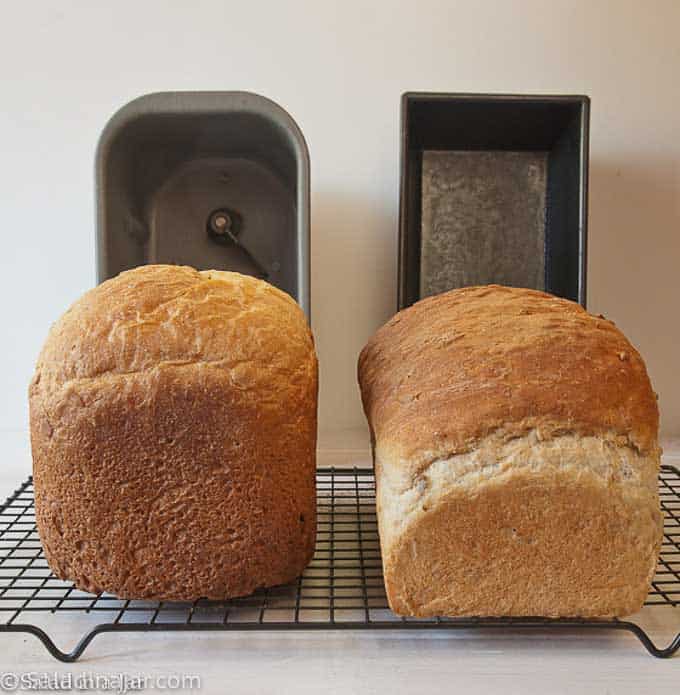
As an Amazon Associate, I earn from qualifying purchases.
I rarely “bake” bread in my bread machine. Make no mistake! I love my bread machines, (yes, I have several), but I use them for mixing and kneading only. That means I only use the DOUGH cycle.
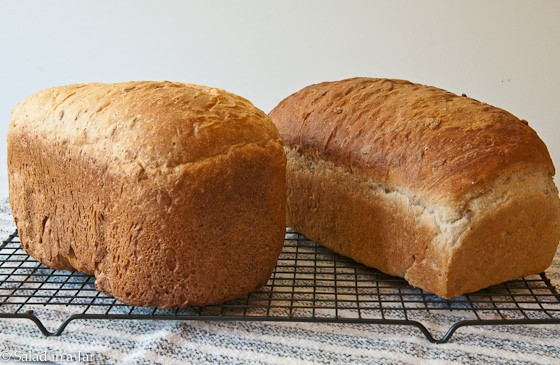
Don’t worry. You didn’t make a mistake by buying a bread maker.
I’ll show you why I use a bread maker to mix and knead bread and an oven to bake bread. Check out the pictures below. I think you’ll understand.
Happy Bakers Speak Up
“Thank you so much for this post! I too love my bread machine but take issue with all the things you listed. I guess I knew I could use the Dough setting but assumed that was only for things like rolls and bagels. You have opened up a whole new world for me!”–KERRYANNE R
Five Reasons Why the Oven is Better than a Bread Machine for Baking Bread
#1
The shape is weird when baked in a bread machine.
I prefer how my loaf looks when I form the dough myself (after the dough cycle completes) and place it into a traditional bread pan.
See how the corners and bottom edges are rounded on the left? A bread machine pan is designed that way so no flour will be left behind during the kneading process. The result is a rounded lump of a loaf. Not pretty.
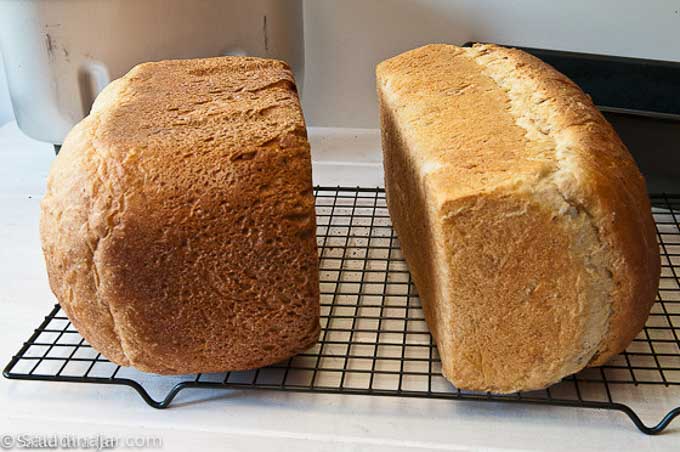
#2
Observe the holey texture of the crust on the side of the loaf baked in a bread machine.
Bread machines often produce a tough crust — not tender like the bread on the right, as seen in the picture above.

#3
The holes in the bottom where the blades were are ugly and not nice to eat.
Some people have told me they remove the bread dough from the machine and remove the blades. Then, they put the dough back into the bread machine pan before allowing it to rise again and bake inside the machine.
Unfortunately, you still end up with holes, albeit smaller ones. If I’m going to that much trouble, I throw the dough into a traditional loaf pan and let it bake in my oven. If you don’t have an oven, here are some ideas for shaping your bread and putting it back in the pan that you may find helpful.
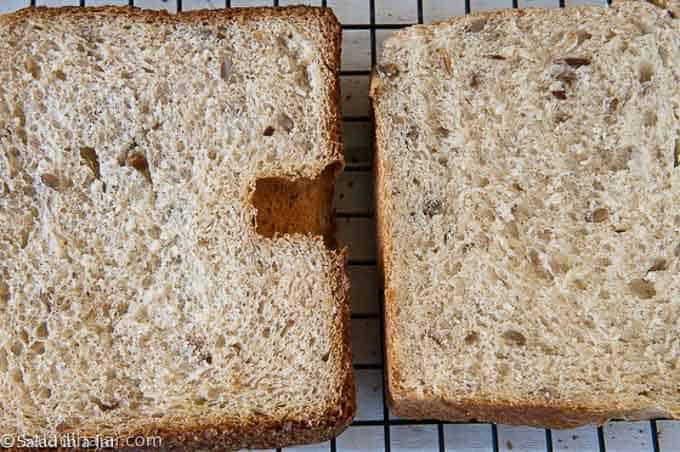
#4
The crust is too thick and hard when you bake bread in a bread machine.
See the pictures above. If your kids don’t like the crust on bread from the grocery store, they surely won’t like it from your bread machine. It’s also a dead giveaway that you baked your bread in a bread machine.
Why is the crust on my bread machine bread so hard? To get a crispy crust when you bake bread in the oven, the oven must be good and hot before you bake.
A bread machine has no way to preheat itself. The bread will start to bake as soon as the machine starts to heat up. In general, this leads to bread with a crust resembling cardboard.
#5
You lose control over the timing when you allow the bread machine to bake your bread.
I don’t have a picture of this, but it can be the most important reason of all not to bake in your bread machine.
Because yeast is a living organism, it can be unpredictable depending on the ingredients in your recipe and the ambient temperature. The timer built into the machine doesn’t make allowances for this. The machine will automatically kick into the bake cycle whether or not your dough rises properly.
If you’re convinced using the DOUGH cycle is a good idea, you may be wondering exactly how to do it. Go to this tutorial for more details on mixing bread in a machine, then baking it in a conventional oven.
Is a Bread Machine Worth It? Yes! Keep Reading
- Why is My Bread so Dense? (Includes a Bread Machine Section)
- The Most Important Thing You Should Do When Using a Bread Machine
- 6 Bread Machine Secrets You Need To Know
- Can You Double a Bread Machine Recipe?
- What You Should Know About the Preheat Phase on a Bread Machine
If you have questions or suggestions, email me privately for a quick answer: Paula at saladinajar.com. Hope to see you again soon!


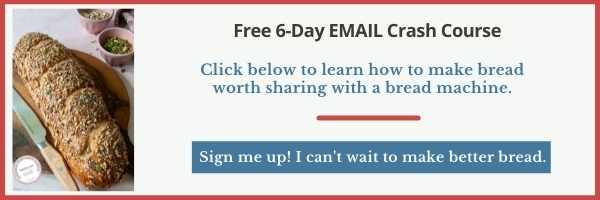
Paula Rhodes, owner
As a retired home economist, I created Saladinajar.com to share my belief that you don’t have to be a chef to find joy in creating homemade food worth sharing. Bread machines (used in an unconventional way), homemade yogurt, and quick microwave recipes are my specialty.